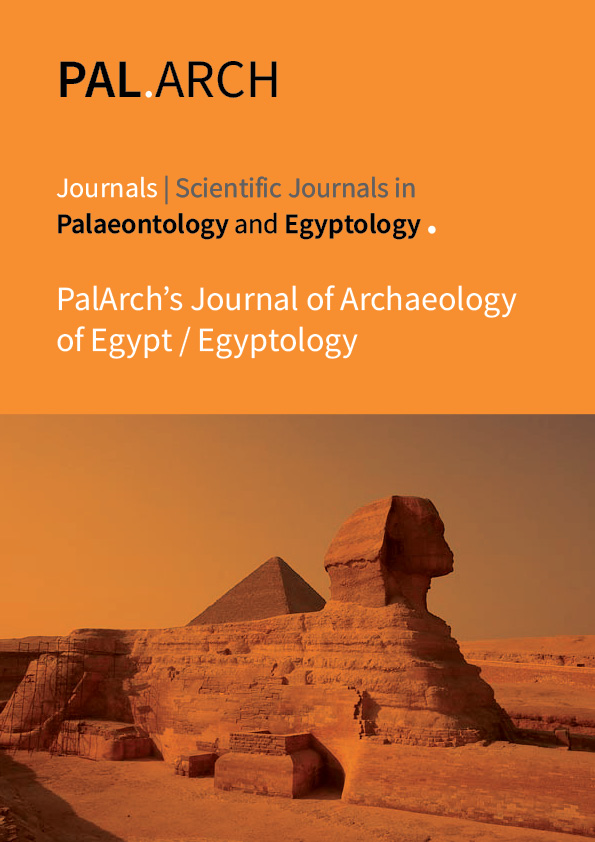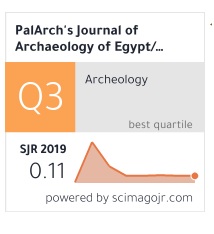PROBLEMATIZING THE NATIONALIST DISCOURCE OF INDO-PAK PARTITION: A POSTCOLONIAL GOTHIC READING OF MANTO’S SHORT FICTION
Abstract
This paper presents an analysis of Saadat Hassan Manto’s partition stories in the light of postcolonial gothic thereby exploring the author’s negation of the Two-Nation theory behind 1947 Indo-Pak partition. Instead of conjuring real ghosts or apparitions, these stories paint gothic images of brutal homicide, mutilation of body parts, and rape of a dead woman to present before us the loss of humanity, sensitivity and reason that was manifested during partition and its entailing migration of millions of people. Manto’s use of gothic elements in his stories primarily refers to the ghosts of nationalist discourses that possessed the people’s rationality and humanness and directed them to undertake mass-scale destruction, bloodshed, and ethnic violence. The result-directed analysis of the selected short stories argues that Manto adopts gothic conventions to problematize the nationalist discourses such as Two-nation theory and their resulting trauma and mourning for the past loss that still haunt the generations of both India and Pakistan.



